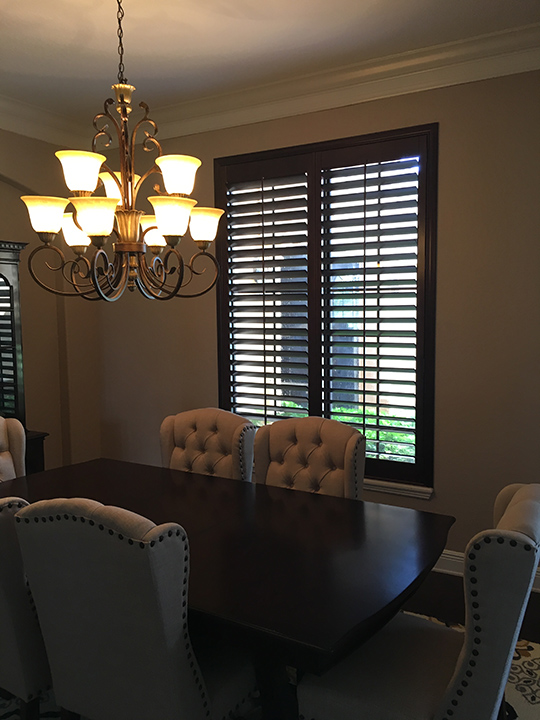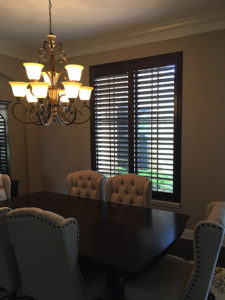
 More and more homeowners are becoming interested in getting window shutters for their apartment or their home. The most common variation of interior window shutters is when they are made out of a composite material and painted white. Although this is the most common way to see window shutters, it is still possible to customize them to suit a homeowner needs with Premium Plantation window shutters. Tampa residents might feel better about getting window shutters for their home if they knew some ways to customize them, especially when it comes to matching them with the current color scheme of their home, or if they are trying to match them with their current decor.
More and more homeowners are becoming interested in getting window shutters for their apartment or their home. The most common variation of interior window shutters is when they are made out of a composite material and painted white. Although this is the most common way to see window shutters, it is still possible to customize them to suit a homeowner needs with Premium Plantation window shutters. Tampa residents might feel better about getting window shutters for their home if they knew some ways to customize them, especially when it comes to matching them with the current color scheme of their home, or if they are trying to match them with their current decor.
Consider the Materials That Window Shutters Can Be Made From
Even though white composite materials are the most popular way to see window shutters in a home, there are many ways to change this. For example, even if someone chooses to have their window shutters made from the same composite material, they can have them painted. Often times a bright color or even another neutral color is enough to make great premium plantation window shutters. Tampa residents might be intrigued by the fact that it is also an acceptable option to get window shutters that are made out of quality hardwoods. If the homeowner so desires, window shutters made from hardwood materials can even be painted to offer more customizable.
Make Sure to Look into Different Sized Louver Options
While changing the color or material of window shutters is a great way to achieve premium plantation window shutters, Tampa residents who are interested in interior window shutters should also look into window shutters with different sized louvers. The number of louvers depends on the size of them, and this small detail can actually go a long way when trying to find the perfect window shutters. Although different sized louvers are mainly for allowing different amounts of sunlight and visibility, it can drastically change the look of a homeowner’s window shutters.
*Disclaimer: The views expressed here are those of the authors and do not necessarily represent or reflect the views of Shutter Professionals*

